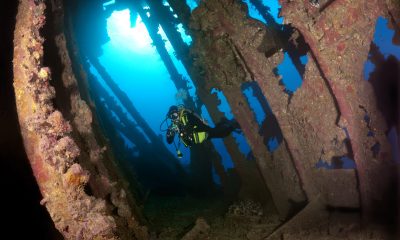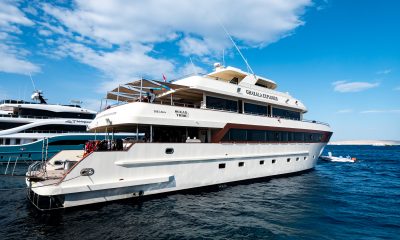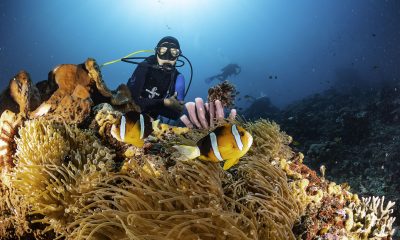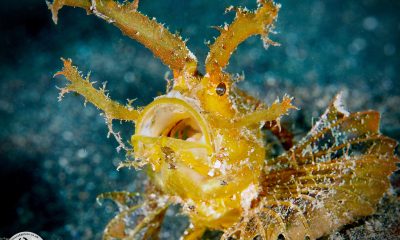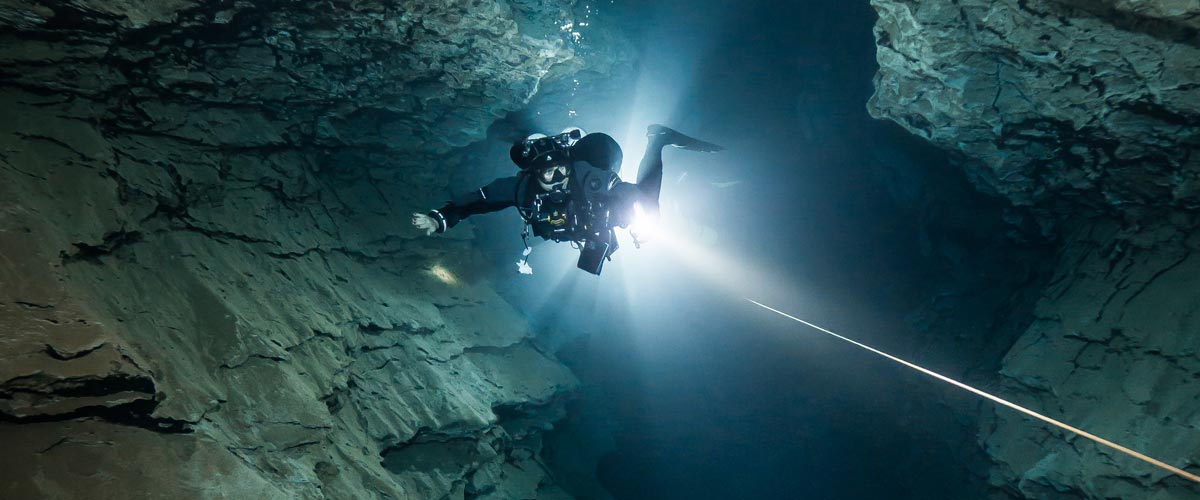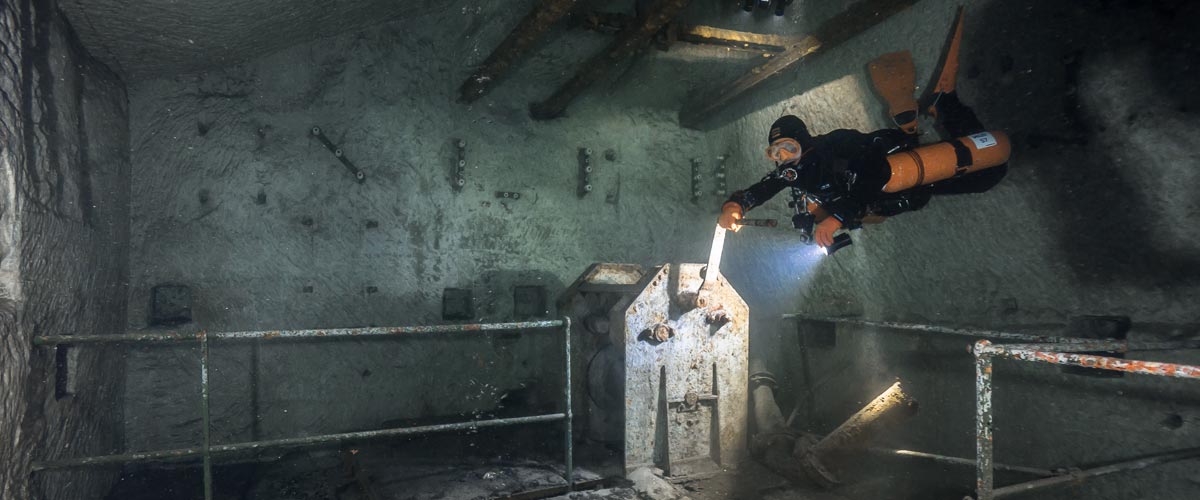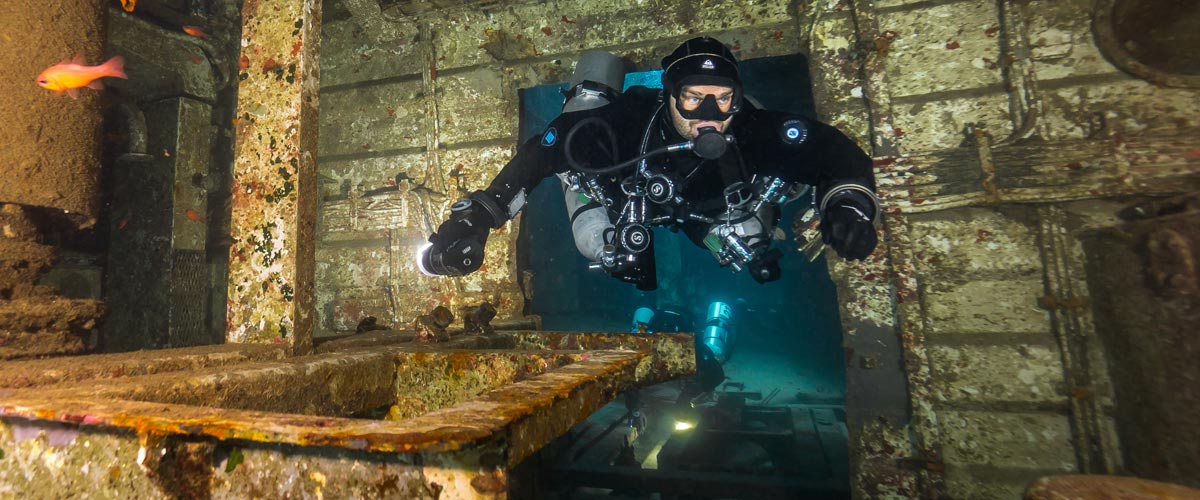Dive Training Blogs
Dive to Survive: How much do you value your life?
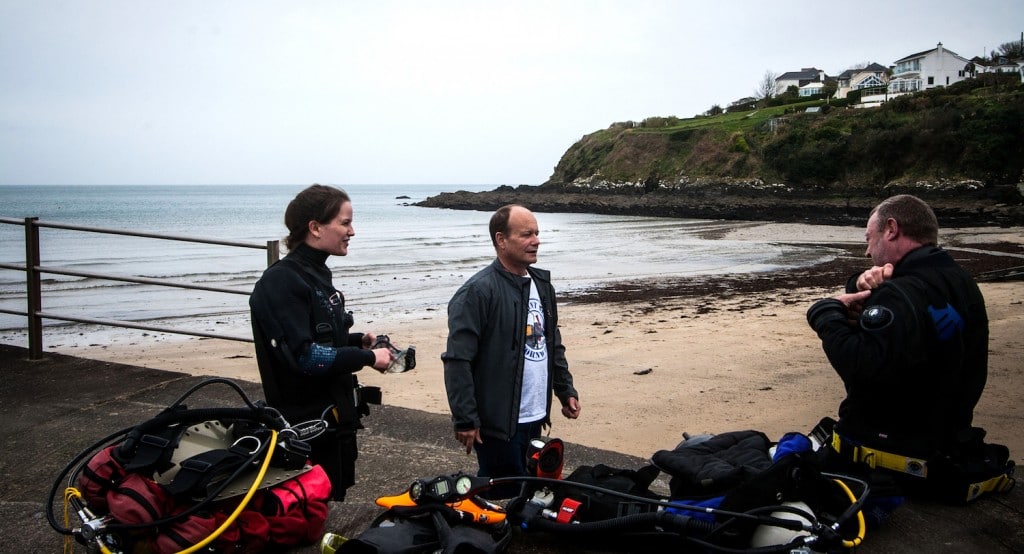
In her first blog for Scubaverse, Underwater Photographer and RNLI Editor Anna ‘Nudi’ Burn reports on her experience of the RNLI Diver Sea Survival specialty course…
Just Another Specialty?
Divers who are a bit longer in the tooth often talk sceptically about collecting qualifications and cards but, after commercial fishermen, we are the second most at-risk group around our coasts (based on fatality rate). 68 divers lost their lives in UK waters between 2012 and 2016 (2016 Annual Diving Incident Report) and taking steps to improve our survivability, should the worst case scenarios arise, is essential.
I’ve been diving for 12 years and have always been pretty comfortable in the water but, because of the work I do for the RNLI, I’m all too aware of how easily things can go wrong – and also how often it seems to happen to people who are experienced.
The RNLI has worked with the British Diving Safety Group (BDSG) to develop a sea survival course for divers of all levels, now available through PADI, SSI, SDI and RAID. There’s also a club-based version, the diver sea survival workshop with BSAC, IUC and SAA. I booked on to the PADI course with Viewpoint Diving Centre in Pentewan, south Cornwall.
The course takes you through lifesaving safety skills and kit, as well as brushing-up on dive planning (tide states, entry and exit in tricky conditions, navigation and methods of maintaining contact in low vis). Diving safety guru Mark Powell helped develop its content and features on the training videos, alongside dive professionals from Mulberry Divers in Selsey, and RNLI crew members Mark says of the course: “It provides not only a reminder of key safety aspects, but also teaches you new safety skills.”
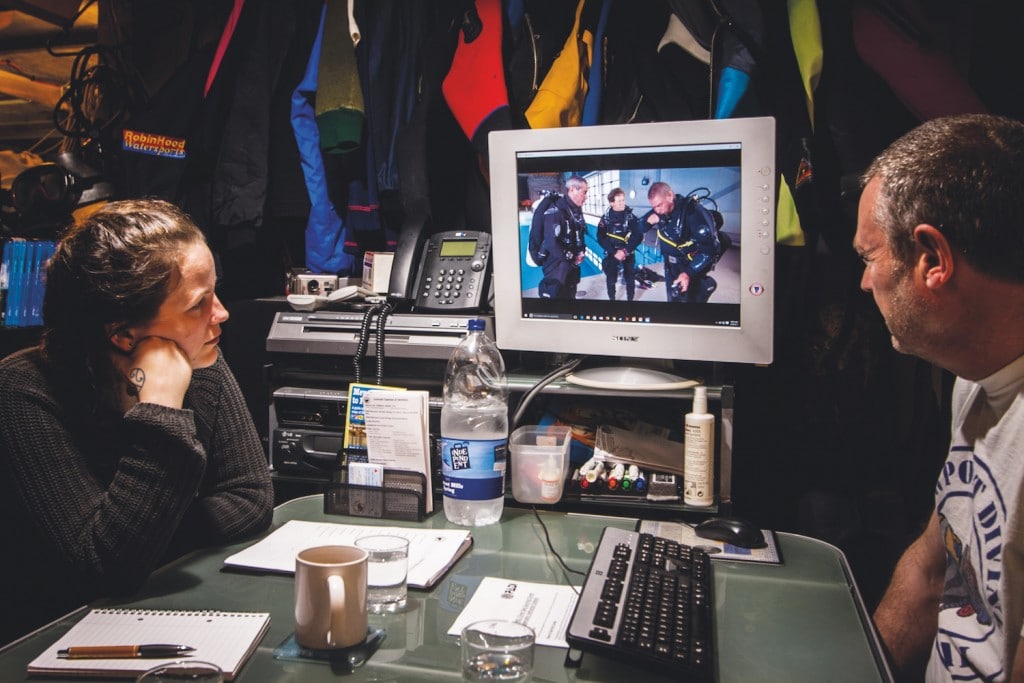
Mark Powell presents a module of the RNLI Diver Sea Survival course. Credit: Niki Holt
Instructor, Mike Morris, got us hands-on with varied safety kit, sharing his own stories of mishaps and close calls as we went through the modules. I found this really made a difference to the course and Dive Centre Owner Dave Skinner agrees: “If you’ve got someone who’s been teaching for a long time then you can get quite a lot from this; the instructor can put their own experience into it.”
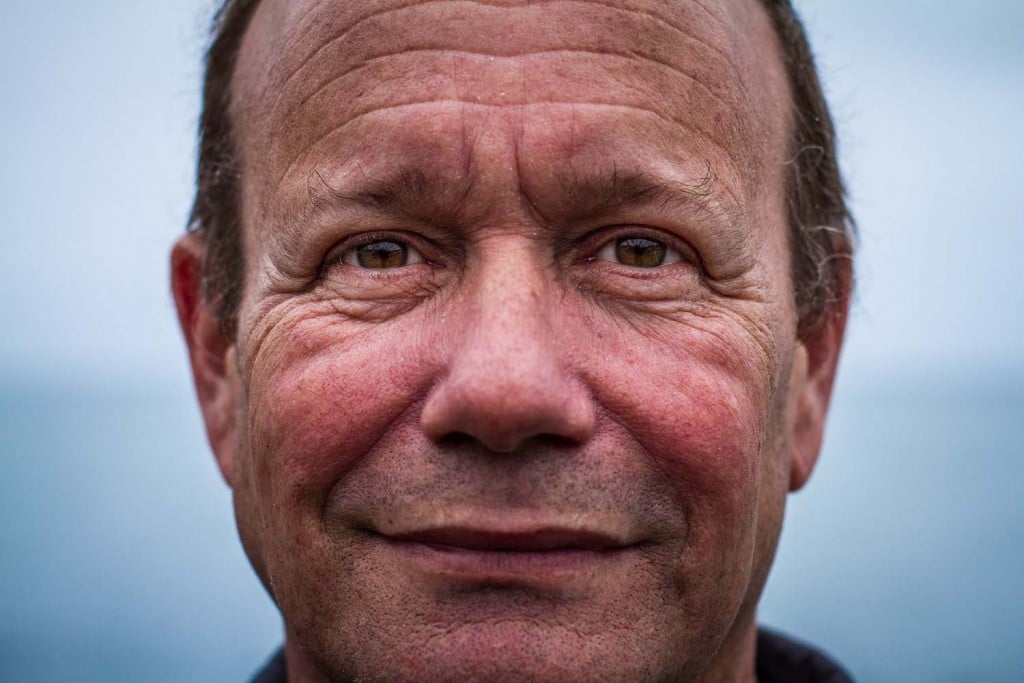
Dave Skinner, Owner of Viewpoint Diving, Pentewen, Cornwall. Credit: RNLI – Anna Burn
In the water, I had the opportunity to practice survival skills, try out the safety devices and reflect on my own diving. With the kind of ‘safe’ and easy UK shore diving I tend to do, two areas stood out where my own safety considerations had been overlooked.
1. Rethinking Diveable Vis
We’re used to considering underwater visibility but give less thought to our own. What’s an acceptable level of visibility for you, based on the risk?
Consider being caught in a current and the light dropping before you’re found. Will the RNLI and coastguard crews be able to spot you as a speck in a vast body of water? Are you satisfied that one DSMB tucked in your pocket will be sufficient?
“It’s amazing to me how many divers go into the water without visible aids. The light has gone before we actually find them and it’s extended the search overnight and into the next day. If they’d had those aids, we may well have found them before we lost the light.”
Martin Rudwick, Coxswain at Selsey Lifeboat Station
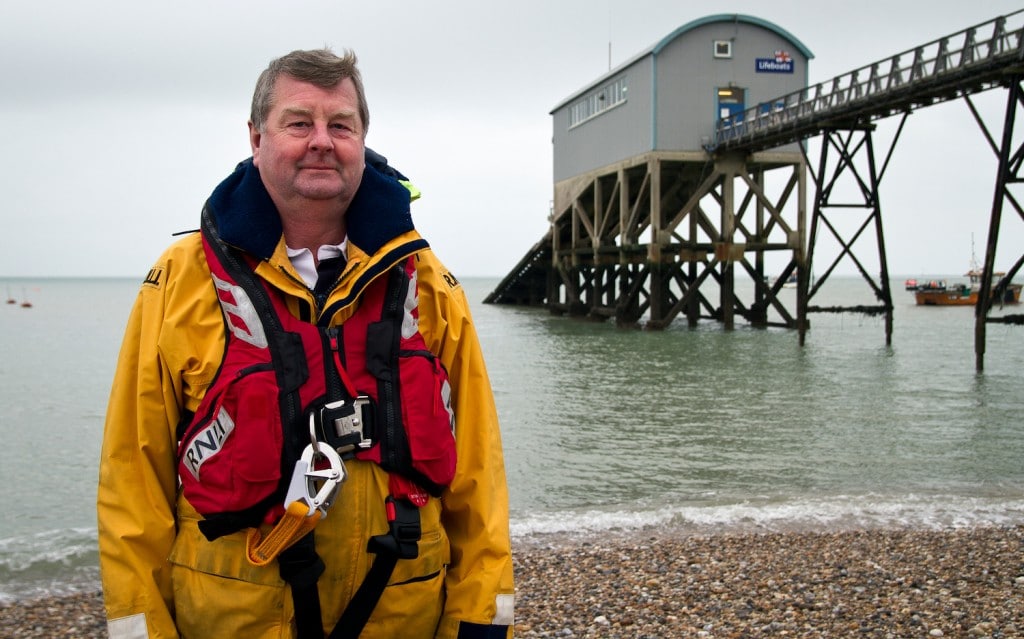
Martin Rudwick – Coxswain, Selsey Lifeboat Station. Credit RNLI – Nathan Williams
Some simple changes you can make to increase surface visibility inexpensively are: carrying a strobe to draw attention and dye to leave a trail for rescuers, wearing kit that is brightly coloured, and hanging a weight just below your DSMB to keep it upright.
Us divers tend to like functional understated black gear. But if we’re serious about functionality, visibility is a key consideration. Our shore cover had no trouble spotting our bright orange hoods compared with the usual black pinprick of neoprene, so I now have some soul searching to do!
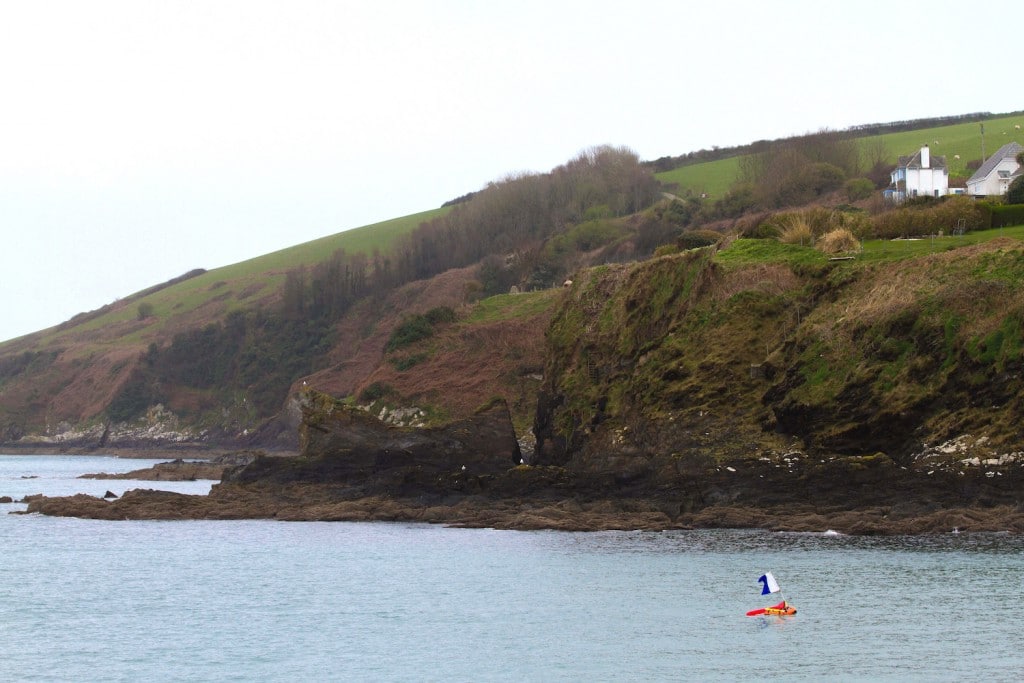
RNLI Diver Sea Survival, Viewpoint Diving, Cornwall – Diving visibility. Credit: Niki Holt
2. What’s Your Location?
I dive with a DSMB and whistle, but had no other means of drawing attention to myself should I be pulled away from a dive site by a current. There are two sites I dive where complacency or misjudgment of conditions could lead to that, so this is something I need to rectify.
Carrying a personal locator beacon (PLB) or Nautilus Lifeline marine rescue GPS means crews are more likely to find you. Martin strongly recommends the investment: “If you’re got a PLB, you will be found.”
As an underwater photographer, I already feel like I have quite enough gear dangling off of me! For divers who don’t want to end up looking like a Christmas tree or think they don’t have enough room to carry a PLB, instead of diving without the backup, look at your kit and decide if everything you’re wearing is required. Is that third torch, spool or crab bag really needed?
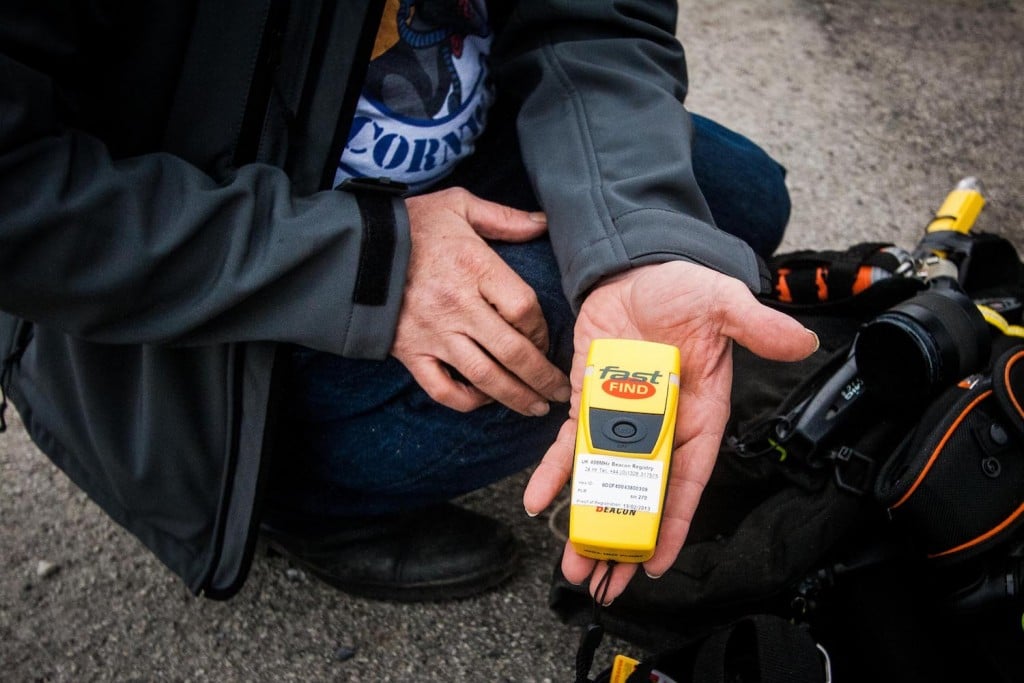
PLB shown by Dave Skinner, Viewpoint Diving, Cornwall during RNLI Diver Sea Survival course. Credit: Niki Holt
How Much Do You Value Your Life?
Many of us think little of dropping some serious money on a new wing, dive computer or trip, but experience a sharp intake of breath when looking at the cost of lifesaving equipment like PLBs and VHF radios. But, with some tragic deaths in our community in just the last 12 months, it’s time to stop and think about what steps we each need to take to prevent further loss.
Please ask your local dive centre about the course or your local club about the workshop. In the meantime, I challenge you to find just one change you can make to increase your chances – should anything ever go wrong.
Safe diving!
For more diver safety advice, visit www.RNLI.org/DiveCourse.
Blogs
Intro to Tech: What is it about?
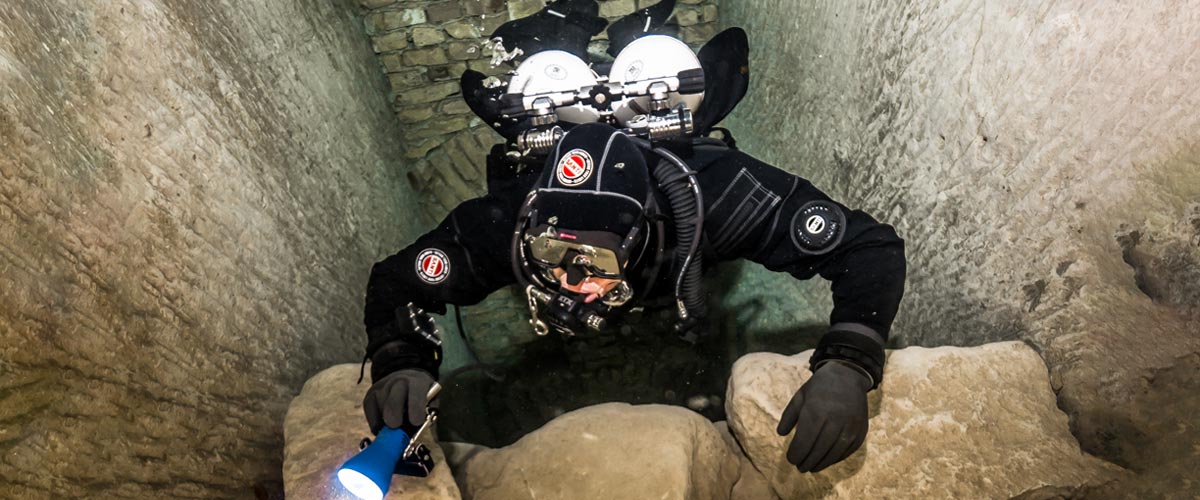
Article by José Pablo Mir
Pictures by Cezary Abramowski
The world of technical diving is exciting. It opens the door to new sites, depths, and bottom times. More importantly, it opens our minds to a new way of planning, facing, and experiencing dives, even those not purely technical.
Becoming a technical diver is a process, and like in other aspects of life, we should find the proper entry point that suits us best based on our knowledge and experience. The Introduction to Technical Diving course from TDI -the world’s largest and most recognized technical diving teaching organization- is the best option for divers who have yet to gain experience in the fundamental aspects of this new practice. The course’s content and its embrace of new techniques and technologies make it possible to acquire a solid foundation to learn and gain experience in this practice properly.
Becoming a technical diver is not something that happens overnight, whether deciding to become one or receiving a certification card stating we are now technical divers. It is a slow process extending farther away than any introductory course. It requires effort and dedication. But it will bring us satisfaction from day one -or two.
It is a matter of mentality
First, we must understand and accept that technical diving, involving greater depths, longer bottom times, exotic gases, virtual or real ceilings, and more, comes with higher levels of risk than the sport diving we have been practicing until now.
Although this discussion usually starts with a warning about risks, as I’ve done in the previous sentence, our practice is not a game of chance.
Technical diving is a rational activity that requires maturity and good judgment, and we will put everything into ensuring that each dive is a successful one -meaning we return from it safe and sound. With this understanding, we will strive to establish a mental attitude more aligned with our practice and its realities.
This new “technical diver” mindset we will develop will lead us to be more cautious in our executions, more analytical in our plans, more rational in our strategies, and more detailed in our procedures.
Experience will keep teaching us to know ourselves better, to keep our anxiety and other emotions under control, and to manage our impulses. Over time, our senses will sharpen, and we will be more attentive to the particulars of the situation we find ourselves in.
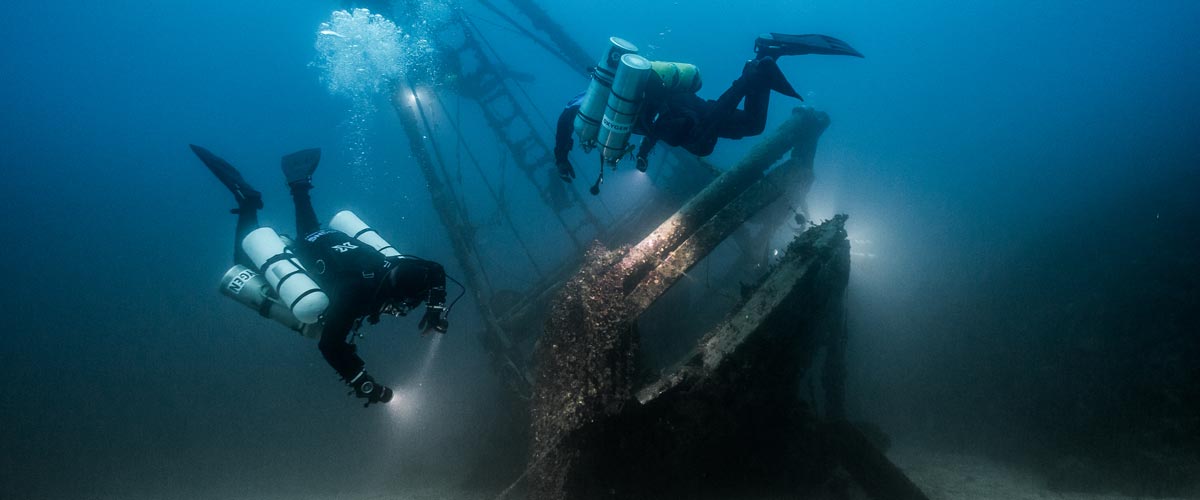
Strategies and procedures
Our strategies, those broad guiding lines tracing the path to follow, from how to approach planning to where, with what, and how we are willing to get there, will be more specific and more practical. Not because they magically become so, but because we will consciously and deliberately frame them that way.
We will establish clear, concise, and realistic procedures. Not only for the undesirable situations that may present themselves but also for those that are part of our dive objectives.
Even though, as technical divers, we often use equipment different from what we were previously accustomed to, it is essential to note that the gear does not make the diver. In a way, we could consider such equipment as the necessary tools to implement what our goal seeks to achieve, according to our strategies and procedures.
Technique plays an important role
We must put our greatest effort into learning and perfecting the different techniques we will be acquiring. Buoyancy, trim, propulsion, cylinder handling, deploying DSMBs and lift bags, valve drills, and more are essential skills we must begin to master to progress in our art. What we cannot do, when we need to do it, can harm us.
Our techniques must be effective and achieve the purpose for which they were devised. But they must also be efficient and require the least resources possible, including the time they take and the effort they demand. Effectiveness and efficiency will prevail over beauty and other considerations that may come to mind, although none of them should be mutually exclusive. A technique executed efficiently and effectively tends to have an inherent beauty.
Refining techniques is a lifelong mission. Some of them will be easy to master from the go; others, on the other hand, will be our life mission and will require many repetitions just to resemble the idea we have in mind of how they should be executed.
We must consider the environment
Our learning, the needs and musts of the practice we engage in, the experience we gradually gain, our strategies and procedures, and even our equipment and tools change with the environment.
Diving in the ocean, everything about us must be suitable for ocean dives. Conditions there rarely emulate those found in a pool, lake, or river. Variable winds and currents, greater depths, visibility conditions, other divers with uncertain skills around us, marine life, maritime traffic, distance from the coast, and many other factors add complexity and uncertainty.
It is never necessary to master the pool on the first day, but planning and aspiring to gradually cope with the ocean’s conditions is essential.
The cost of good training
We are aware that our resources are often scarce in relation to the possibilities of use we could give them if they were not. To a greater or lesser extent, we are part of the economic reality in which we are embedded.
Fortunately, the cost of good technical diver training is not an entry barrier. Comparing training and equipment costs, we see that the former are generally lower. Yes, lower cost for personalized service, essential to our future
performance and safety, than for a series of mass-produced products that are mere, albeit necessary, tools for an end.
The value of good training
The value of the training we received encompasses a range of characteristics, from emotional and methodological to technical and technological. TDI and its Introduction to Technical Diving course offer a deep and modern approach, with a teaching strategy that aims to create thinking divers, not merely obedient ones.
As technical divers, our knowledge is our primary tool. In this type of activity, what we don’t know can harm us.
Is this course optional?
Unfortunately, the fact that this Introduction to Technical Diving course is not a prerequisite for any subsequent training is an invitation to consider it optional. And we all know what usually happens to “optional” under budget constraints.
However, this course should be seen as optional only by those divers who are somehow familiar with the use of technical equipment, who have a mindset more in line with the requirements of this type of diving, who plan and execute the dives the proper “technical” way, who know their gas consumption rate, who are not intimidated by non-decompression tables, who feel comfortable using their dive computers, and know the techniques and have at least an acceptable level of buoyancy, positioning, and propulsion. Those can go straight to a more advanced training course, such as TDI’s Advanced Nitrox.
We must ask ourselves whether or not we are in that group.
Remember our goal: to have fun
Recreational diving is our passion. Jumping into the water carrying heavy equipment and having properly dotted our I’s and crossed our T’s have only one ultimate goal: fun. This is the activity we have chosen as a hobby. We must enjoy it; it must give us pleasure and make us vibrate.
Having a good time is not optional!
Blogs
Four opportunities to go pro in 2024 with Dive Friends Bonaire
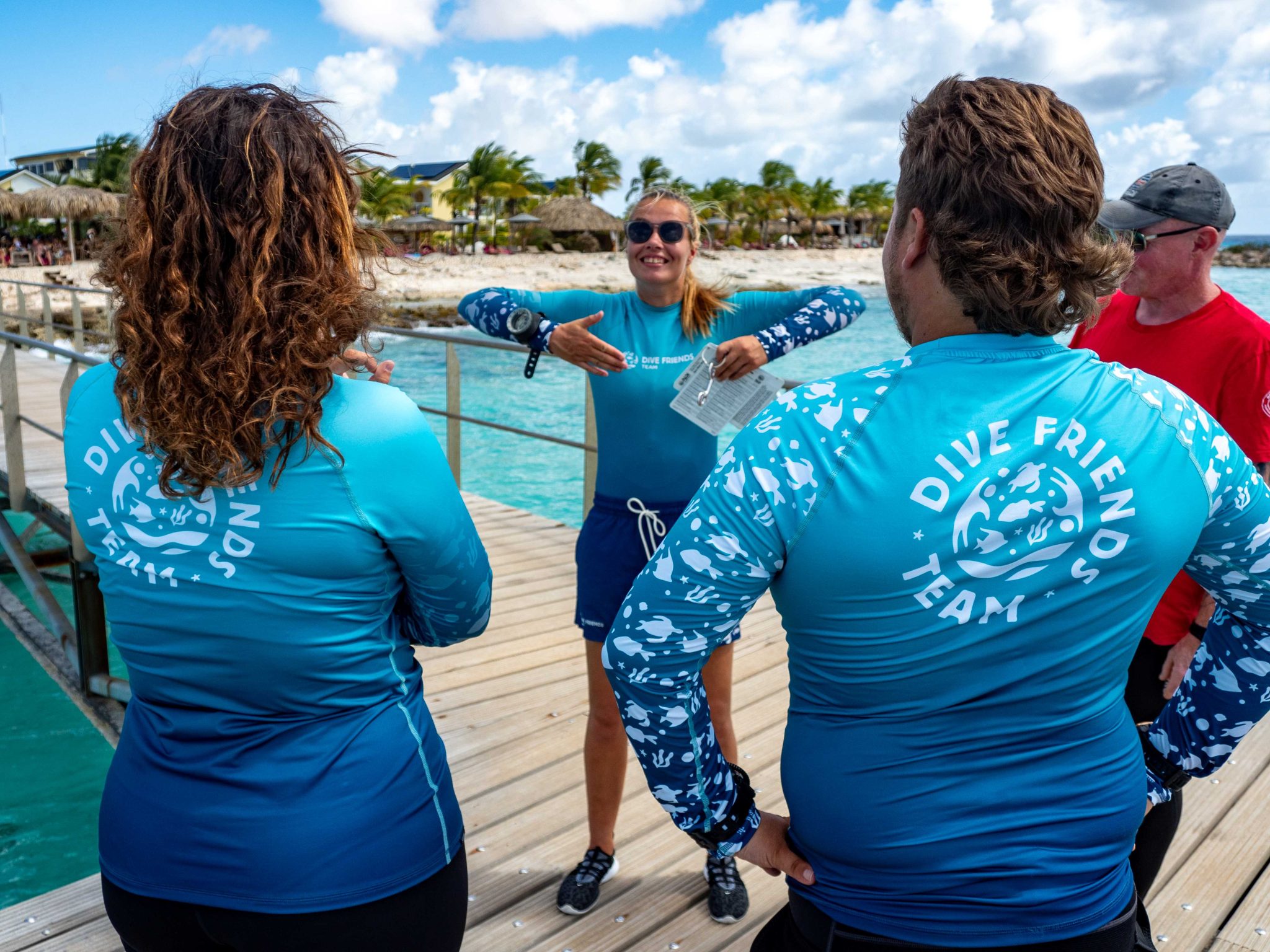
Dive Friends teaches the Instructor Development Course (IDC) several times a year to students who are eager to share their passion for diving with the world.
Dive Friends is known for the personal approach throughout the course. Their in-house course director will lead the students through every essential step, mentoring them to achieve their fullest potential as a dive instructor.
Applications for the following IDC start dates are now open:
- 12 April
- 5 July,
- 20 September
- 29 November
Partnership with Casita Palma
If the student opts for the IDC-Deluxe or IDC-Supreme package, their accommodation will be arranged for them at Casita Palma. This small and quiet resort is within walking distance from Dive Friends Bonaire’s main dive shop location and has everything you need to relax after an intense day of IDC training. Breakfast is included, so the student will always be fuelled and ready for their day.
Contact Dive Friends Bonaire’s Course Director Eddy for more information: coursedirector@divefriendsbonaire.com.
-
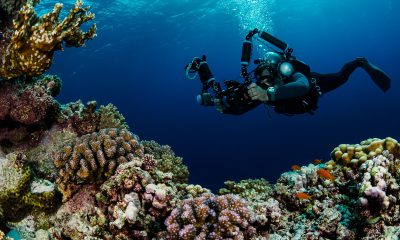
 News3 months ago
News3 months agoHone your underwater photography skills with Alphamarine Photography at Red Sea Diving Safari in March
-
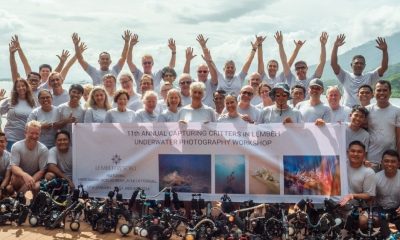
 News3 months ago
News3 months agoCapturing Critters in Lembeh Underwater Photography Workshop 2024: Event Roundup
-

 Marine Life & Conservation Blogs2 months ago
Marine Life & Conservation Blogs2 months agoCreature Feature: Swell Sharks
-

 Blogs2 months ago
Blogs2 months agoMurex Resorts: Passport to Paradise!
-
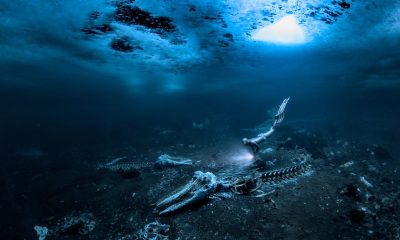
 Blogs2 months ago
Blogs2 months agoDiver Discovering Whale Skeletons Beneath Ice Judged World’s Best Underwater Photograph
-

 Gear Reviews2 months ago
Gear Reviews2 months agoGear Review: Oceanic+ Dive Housing for iPhone
-

 Marine Life & Conservation2 months ago
Marine Life & Conservation2 months agoSave the Manatee Club launches brand new webcams at Silver Springs State Park, Florida
-

 News3 months ago
News3 months agoWorld’s Best Underwater Photographers Unveil Breathtaking Images at World Shootout 2023



